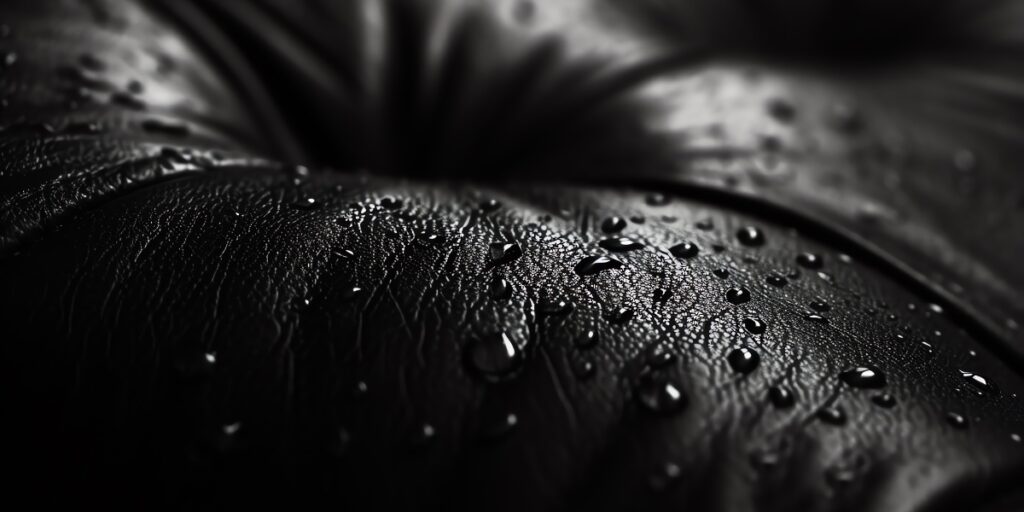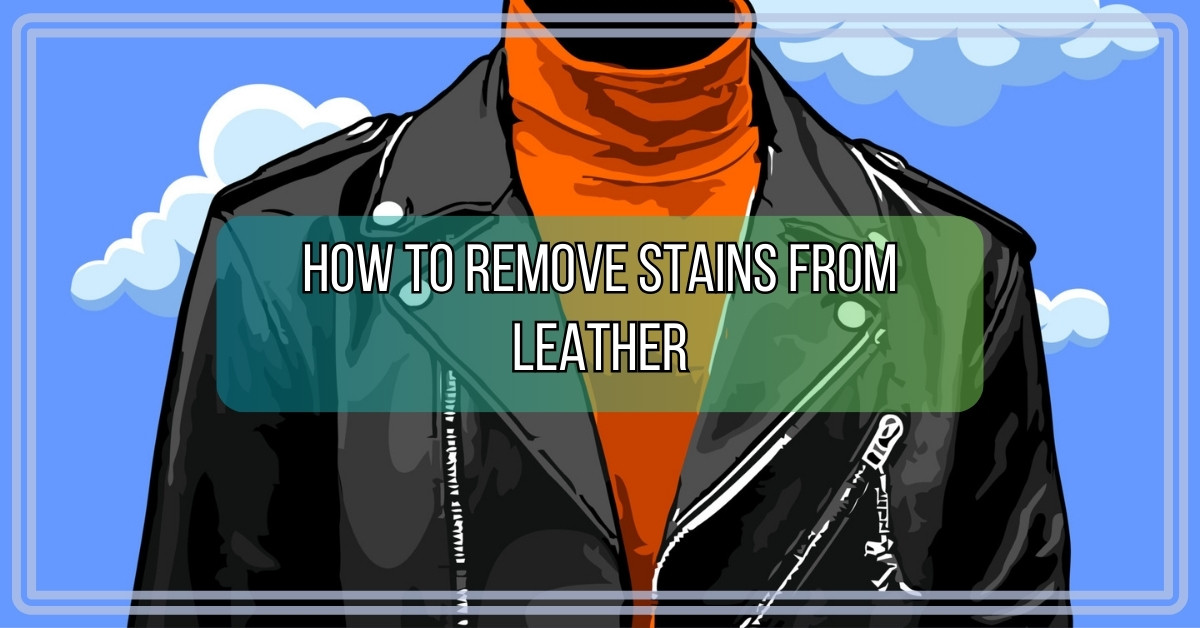With its timeless elegance and durability, leather is a popular choice for furniture, clothing, and accessories. However, water stains can easily mar its luxurious appearance, transforming a sleek surface into a spotted mess. Understanding how to remove water stains from leather, along with general care tips, can help maintain the beauty and longevity of your leather items.
This article will explain the types of leather stains, effective stain removal methods, preventive measures, and general care tips for keeping your leather looking its best.
Types of Leather Stains
Leather stains can be categorized based on their source; water stains are among the most common. These stains occur when water droplets are absorbed into the leather, causing discoloration.

Unlike other materials, leather absorbs water, which evaporates, leaving behind salts and minerals that can discolor the surface. Other common leather stains include oil from skin and hair, ink, and dye transfer from clothing.
Identifying the type of stain is crucial in determining the most effective cleaning method.
Does leather permanently stain?
Leather, as a natural and porous material, is susceptible to staining. Whether a stain becomes permanent largely depends on the type of stain, its duration on the leather, and the leather’s finish. Immediate action can often prevent a stain from setting in permanently.
For instance, water may not leave a lasting mark if blotted up quickly. In contrast, oil-based stains can be more challenging and potentially cause permanent discoloration if not treated promptly. The leather’s finish also plays a crucial role; protected or sealed leathers are less likely to absorb stains than untreated, aniline leathers, which are more vulnerable.
The key to preventing permanent stains on leather lies in regular maintenance and immediate care when spills occur.
Stain Removal Methods for Leather
Removing water stains from leather requires a gentle approach to prevent further damage.
The key to dealing with freshwater stains is to act quickly. Begin by blotting the excess water with a soft, clean cloth, avoiding rubbing, as this can spread the stain.
A simple yet effective method for dried water stains involves lightly dampening the entire stained area with a clean cloth moistened with distilled water. This might seem counterintuitive, but it helps to even out the stain. Gently wipe over the stain, extending to the edges of the stained area, then let the leather air dry naturally.
Avoid using heat sources to dry the leather, as this can cause it to become brittle.
For stubborn water stains, consider using a specialized leather cleaner formulated for the type of leather you are treating. Apply the cleaner in circular motions to lift the stain according to the manufacturer’s instructions, usually with a soft cloth. After cleaning, it’s important to condition the leather to restore its moisture and flexibility.
A quality leather conditioner applied with a clean, soft cloth can rejuvenate the material and make it resilient against future staining.
How do you keep leather from staining?
The best way to deal with water stains on leather is to prevent them from occurring in the first place.
Regularly treating leather with a water-repellent product can significantly reduce the risk of water stains. These products form a protective layer over the leather, causing water to bead and roll off rather than being absorbed. However, it’s important to select a product suitable for your leather type, as some treatments can alter the appearance or feel of the leather.
Another preventive measure is to avoid exposing leather items to water.
Keep leather furniture away from windows where rain might touch them, and be mindful of water when wearing leather shoes or jackets. In unavoidable situations, like rain, drying the leather gently as soon as possible can prevent the water from settling and causing stains.
Leather Care Tips
Maintaining leather in top condition goes beyond addressing water stains. Regular cleaning and conditioning are vital. Dust and gently clean leather surfaces with a dry or slightly damp cloth to avoid accumulating dirt that can wear down the leather over time. Conditioning leather every few months keeps it supple, preventing cracks and tears that can arise from dryness.
Avoid direct sunlight and heat, as they can fade and damage leather. Keep leather items, such as boots or bags, in a cool, dry place, and use a breathable cover to prevent dust buildup without trapping moisture.
Consulting a professional leather cleaner is often the best course of action in case of spills other than water, such as ink or oil. DIY methods can sometimes remove the stain but risk damaging the leather incorrectly.
Water stains on leather can be disheartening, but they don’t have to be permanent. By understanding the types of leather stains and employing gentle, effective removal methods, you can restore your leather items to their former glory. Preventive care, regular cleaning, and conditioning will go a long way in preserving the beauty and durability of leather, allowing you to enjoy its elegance for years to come. Remember, seeking professional advice is always a safe bet when in doubt, especially with valuable or sentimental leather items. Treating leather with the care it deserves ensures that it remains a luxurious and lasting part of your life.

